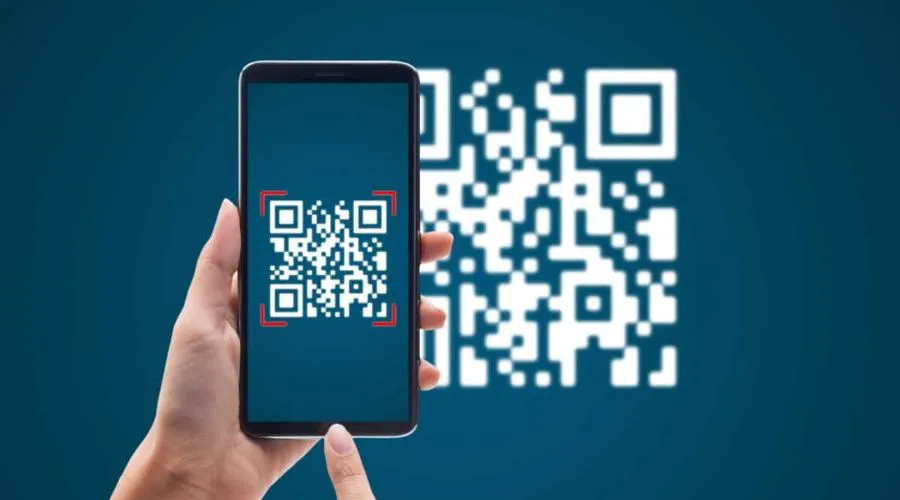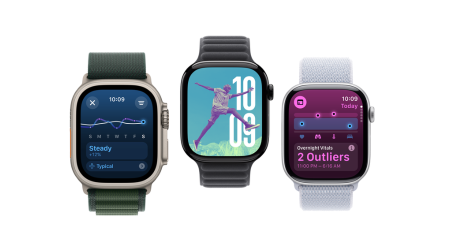Do you know? Your phone can continuously tell you where you live and it is also possible that your Wifi name can tell you where you are. However, you can easily hide your position using simple techniques. Protect your privacy without requiring extensive technical knowledge by hiding your Wifi name or by utilising a virtual private network (VPN). easily safeguard your privacy. Here’s when a Wifi scanner comes into existence. We will delve into the world of Wifi scanners in this article, examining their importance in exchanging Wifi networks and giving consumers the power to manage their internet access.
Let’s first begin with what exactly is Wifi scanner and rest further with the blog.
Why is a Wifi scanner harmful?

Wifi scanners are helpful tools for assessing and improving Wifi networks, they are not necessarily harmful. However, these scanners can pose a danger if used by malicious people. They may be used to collect private data about neighbouring networks, such as security protocols and network names, which might then be used to gain unwanted access. Moreover, these scanners can be used to find out network weaknesses that leave them open to cyberattacks.
What information does your Wifi name give out?
Your phone searches for your reliable Wifi network nonstop. Your mobile phone can easily connect to the network it detects as you reach your home or your workplace. While this is useful, your phone is continuously broadcasting these “joining requests,” which exposes a wealth of personal data about you that includes:
- The router’s MAC address that you are connected to, if any.
- The device’s MAC address, which is exclusive to you and identifies the maker of your gadget, is what submitted the request.
- The Wifi names your device trusts are revealed via the SSID data on your device.
What things can be done through this data?

Malicious actors are a constant danger to your home Wifi network in the digital era. By taking advantage of the vulnerability included in Wifi network names (SSIDs), hackers may comparatively quickly determine your life or home location. Combining databases such as Wigle with “joining requests” or “probes” sent out by devices looking for Wifi networks allows hackers to collect a lot of data.
Hackers can covertly intercept these probes in public areas or specific locations by using social engineering techniques or deploying Wifi scanners, which are easily required at little cost. Through the use of specialised software to analyse the obtained data, hackers can locate adjacent Wifi networks and the devices connected to them. Hackers can locate your home address using this information in conjunction with SSID heatmaps, hackers can determine your home address, which puts your online security and privacy at serious risk.
How can you protect your devices with a NordVPN?

There are several ways that you can use to protect your Wifi and yourself from malware or Wifi scan hacks with the help of NordVPN:
-
Change your phone’s Wifi settings or turn it off
Once you have NordVPN in your device, you can make changes to your settings, phones will continue to search for alternative networks even while they are connected to a Wifi network. By going to settings> Security & Privacy> Location access> Wifi scanning, Android users may turn off Wifi canning. Similarly, by heading to Settings> wi-fi, tapping the ‘information’ button next to their home Wifi, and unticking Auto-join, iPhone owners may stop their devices from broadcasting joining requests. These little changes improve privacy without affecting connectivity.
2. Change the strength of your Wifi
Some people might think that speedier internet access is correlated with a stronger Wifi signal. The signal strength of your router can be enhanced by placing it in an open area rather than a closed space but it shouldn’t be too powerful to prohibit neighbours from using it. Reduce the strength of your Wifi by modifying router settings such as “radio power” to preserve privacy and stay off hotspot heat maps. For instructions, here NordVPN will also work out to hide your connection and see the handbook that came with your router. Try experimenting with Wi-Fi placement or settings for more bandwidth without sacrificing security.
3. Turn off SSID broadcasting
Although they are simple to implement, the first two choices could not provide a full solution. You can disable the broadcasting of SSID to take the best action. To avoid hacking of the Wifi scanner, neither your neighbours nor any other “heat maps” will be able to locate your Wifi name. Nevertheless, you may still do a manual search to find your Wifi connection.
Conclusion
In conclusion, Wifi scanners are useful resources, but they can also pose risks if not used carefully. It’s important to be aware that using WiFi scanners can inadvertently expose your network to potential malware and malicious theft. In this blog, you get to learn how you can use NordVPN for security purposes. Always ensure you’re using them responsibly and taking necessary precautions to protect your network.
For more such tips and tricks, do follow Findwyse!















